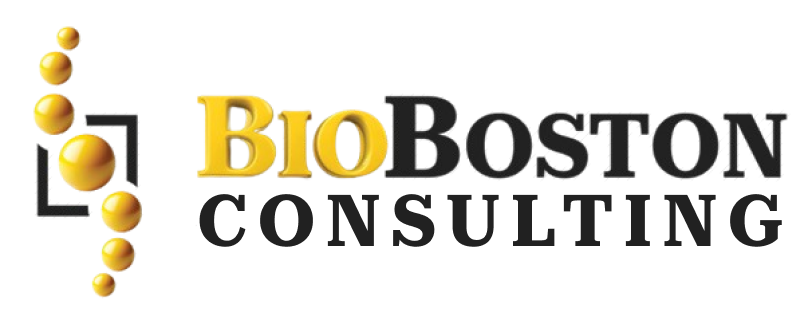In light of recent U.S. policy shifts, particularly the reintroduction of tariffs under emergency powers, pharmaceutical companies are reassessing their global operations. These changes necessitate a strategic approach to technology transfer to maintain compliance, ensure product quality, and optimize costs.
Understanding the Impact of Tariffs on Pharmaceutical Operations
The U.S. federal appeals court’s decision to uphold tariffs under emergency powers has significant implications for the pharmaceutical industry. Companies may face increased costs for imported raw materials and components, potentially affecting pricing strategies and profit margins. Additionally, these tariffs could disrupt established supply chains, prompting the need for re-evaluation of sourcing and manufacturing strategies.
Key Indicators for Initiating Technology Transfer
Given the current economic landscape, several factors may signal the need for technology transfer:
- Financial Considerations: Tariffs can alter cost structures, making it financially prudent to transfer technology to regions with more favorable economic conditions.
- Product Lifecycle: As products mature, transitioning manufacturing to more cost-effective locations can enhance profitability.
- Regulatory Compliance: Changes in regulatory environments, influenced by tariffs, may necessitate adjustments in manufacturing processes.
Strategic Steps for Effective Technology Transfer
To navigate the complexities of technology transfer amidst tariff-induced challenges, consider the following steps:
- Comprehensive Assessment: Evaluate existing processes, documentation, and compliance status at the sending site. This includes reviewing master batch records, validation reports, and regulatory submissions.
- Gap Analysis: Conduct a thorough analysis to identify differences between the sending and receiving sites, encompassing equipment, personnel, and environmental conditions.
- Regulatory Strategy: Develop a plan for communicating process changes to regulatory authorities, ensuring that all necessary filings and approvals are obtained.
- Training and Qualification: Implement training programs for personnel at the receiving site to ensure they are equipped to handle new processes and technologies.
- Validation and Testing: Conduct trial and validation batches to confirm that the transferred technology performs as intended under the new conditions.
- Ongoing Monitoring: Establish systems for continuous monitoring and quality assurance to maintain product integrity post-transfer.
Collaborating with Experts for Successful Transfer
Partnering with experienced consultants can facilitate a smooth technology transfer process. Professionals can provide valuable insights into regulatory requirements, assist in gap analysis, and support training and validation efforts.
Conclusion
The reintroduction of tariffs presents both challenges and opportunities for the pharmaceutical industry. By proactively initiating strategic technology transfers, companies can mitigate risks, capitalize on cost efficiencies, and ensure continued compliance and product quality. Engaging with experts in the field can further enhance the likelihood of a successful transition.
For tailored guidance on navigating technology transfers in the current economic climate, consider consulting with BioBoston Consulting. Our team of experts is equipped to assist you in developing and executing effective technology transfer strategies.

